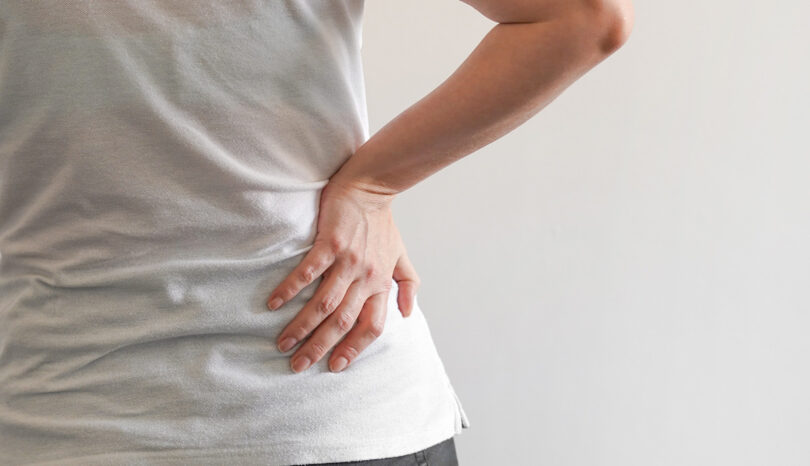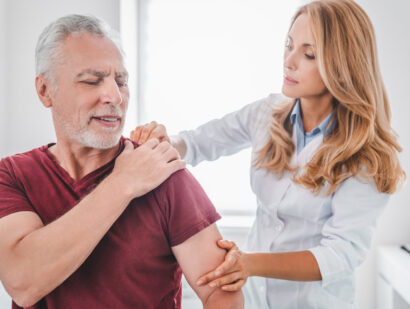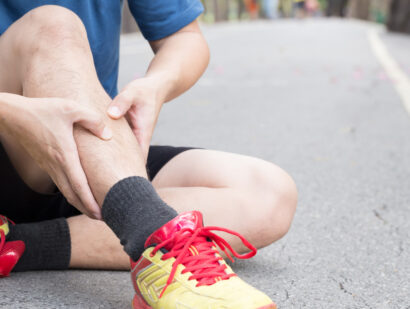- Find A Medical Provider
- Auto Injuries
- Common Injuries
- Medical/Pharmaceutical
- Types of Medical Injuries
- Malpractice Injuries
- Drug and Medical Device Injuries
- Drugs and Devices Linked to Cancer
- Opioid Addiction
- Drugs and Devices Known to Cause Injury
- 3M Combat Arms Earplugs – Hearing Loss
- Accutane
- Aciphex
- Actonel
- Actos
- Adderall and Ritalin
- Advair
- Aldara (Imiquimod)
- Alli
- Ambien
- Amiodarone
- Anzemet
- Aptivus
- Aranesp
- Arava
- Atorvastatin
- Avandia
- Benicar
- Birth Control Medication
- Blood Thinners
- Essure
- Fosamax (Alendronate Sodium)
- Gadolinium-Based MRI Contrast Agents
- Granuflo
- Hernia or Surgical Mesh Injuries
- Hydroxycut
- Inferior Vena Cava Filters
- Invokana Toe and Foot Amputations
- Ketek
- Levaquin
- Lipitor
- Mirapex
- Neurontin
- Onglyza
- Over-the-Counter Medications
- OxyContin
- Paxil
- Power Morcellators
- Pradaxa
- Propecia
- Reglan
- Talc Powder
- Trasylol
- Valsartan
- Viagra
- Xolair
- Zelnorm
- Zoloft
- Work Injuries
- Sports Injuries
- Marketing Services
- Blog
List your practice on InjuredCare | Log in / Sign up
Hip Strain

Strains, also referred to as pulls, occur when muscle fibers have been overly stretched or torn. If a muscle is forced to rapidly expand as a result of a quick movement or collision, it may not have the proper elasticity to withstand the quick and unexpected stretching. This leaves the muscle fibers extended and worn or rips the fibers, leading to strain.
A hip strain is common among athletes. While it is rarely a serious and long-lasting condition, identifying and treating hip strains will help improve your performance. Adhering to healthy habits that prevent hip strains will also extend your sports career.
Symptoms of Hip Strains
As an athlete, you've likely experienced the familiar pain and discomfort of a muscle strain somewhere in your body. However, understanding the difference between a muscle strain and just sore muscles following a workout can help prevent further injury. Watch for these symptoms of a hip strain to avoid exacerbating your injury:
- Sharp pain following a fast movement, fall or collision.
- Tenderness around the hip or pelvis.
- Tightness of the hip.
- Bruising.
- Loss of hip muscle strength.
- Swelling.
- Decreased range of motion.
Causes of Hip Strains
Applying the science behind muscle strains makes it easier to identify the cause of the stretching or tearing.
- Prior hip strains leave the muscles more susceptible to strain if not properly rehabilitated.
- Insufficient muscle flexibility.
- Quick and unexpected stretching as a result of a fall or collision.
- Inadequate warm ups can lead to tight hip muscles that aren't prepared to perform quick, athletic movements.
Preventing Hip Strains
As an athlete, your body is critical to your success and happiness. Maintaining a healthy body should be of the utmost importance to you. Consequently, you should take steps to prepare your body for the rigors of athletics and make smart decisions to avoid injuries. Use the following tips to avoid hip strains:
Warm up - Even if you're extremely flexible and in great shape, your muscles aren't ready to go from 0 to 60 at all times. Easing your muscles to their full flexibility will prevent sudden strains.
Prepare your hips in the offseason - Understanding the movements that your hips will need to perform during a practice or game should inform you about how flexible you need to be in order to prevent injury. If your hips are not capable of stretching very far, you are more at risk of straining your muscles than other athletes with a greater range of motion.
Mix-up your workouts - Many strains occur as a result of repetition. Placing consistent strain on your hip muscles will slowly wear them down and place you at higher risk of injury. Cross training between running, yoga, weight lifting and calisthenics will keep your various hip muscles engaged but also rested.
Avoid overuse injuries - Know your limits and always listen to your body. Getting an extra rep at the gym or gaining one more yard is not worth sidelining yourself with a hip strain.
Take care of your body - Just as you would workout and stretch to prepare your body for a game, eating healthy and staying well rested will also keep your body strong and resilient.
Treating Hip StrainsTreating a hip strain rarely requires medical intervention aside from a few pain managing or anti-inflammatory medications, as needed. Rather, the best way to treat a hip strain is to simply allow the body to heal itself. Certain measures can help accelerate the healing process and avoid complications. Take these steps to hasten your recovery process and ensure a recovery of your full athletic abilities:
R.I.C.E. - Rest, ice, compression and elevation are at home remedies that apply to most injuries. Ice, compression and elevation are used to control and reduce swelling and inflammation. Rest simply allows the muscles to recover their strength and flexibility. Rest also includes avoiding physical activity until hip pain and stiffness is reduced.
Physical therapy - Once your hip has recovered to a manageable state, athletes are encouraged to build back the strength and flexibility in their hip flexors. Performing exercises and stretches at a reasonable pace will help make the muscles more resilient and ideally less prone to reinjury.
Surgery - For severe strains that result in major tearing of hip muscles, orthopedic surgeons may need to make a small incision at the site of the injury to help remove damaged tissue and reconnect separated tendon and muscle fibers. This is very rare and may require several months of recovery.
Recovering from Hip Strains
Recovering from muscle strains can take some time, which requires a great deal of patience for athletes to avoid coming back too soon and reaggravating the injured hip. However, allowing your body to naturally heal will ensure a complete recovery so that you don't lose a step.
Once your chiropractor, PCP or sports medicine specialist gives you the thumbs up to start rehabilitation, it is a critical part of the recovery process. Building back elasticity, strength and resilience in the injured hip muscles will not only get you back into top form, but also help to prevent further hip strains.
Understand that recovery is always a process. Working with the process, listening to your body, and being patient are the best ways to ensure a fast and effective recovery, which is devoid of setbacks.









